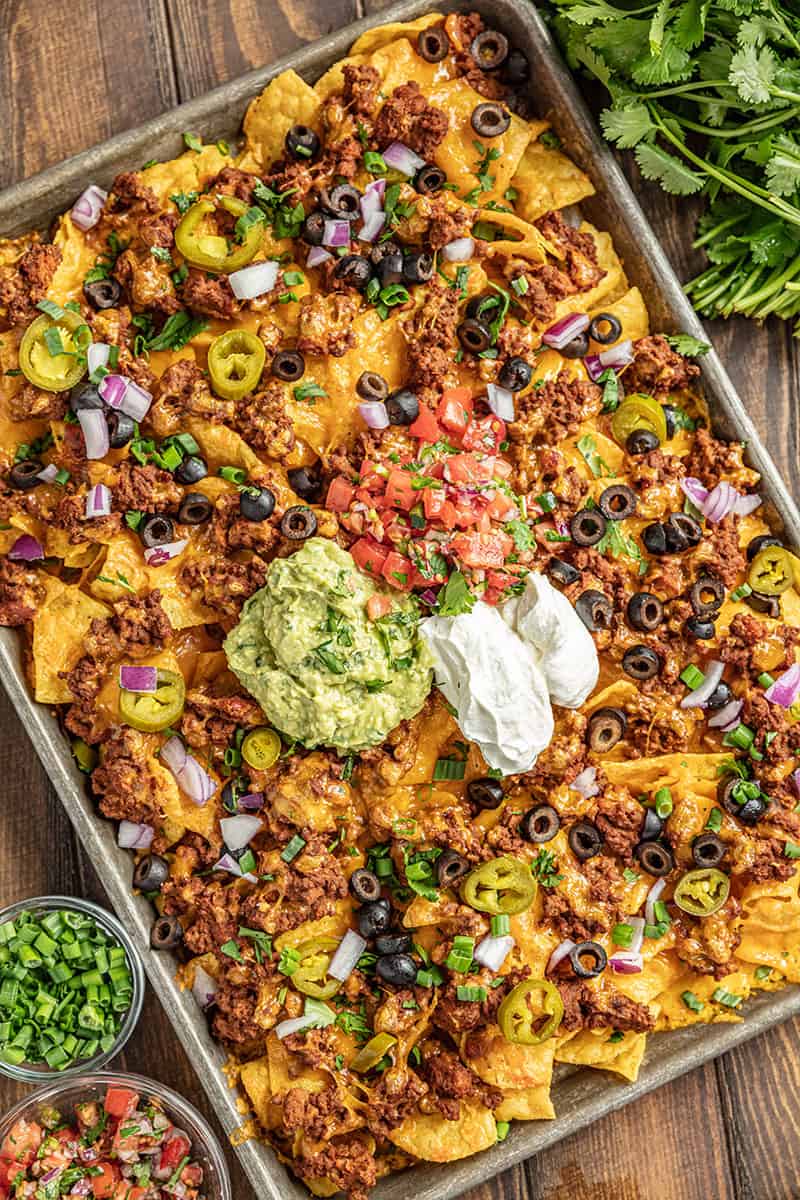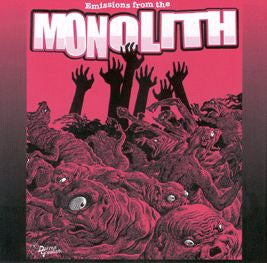I’m finding myself with an abundance of reading time these days and have re-introduced reading about lifting into my life. Typically, since my reading time is so compromised, I stick purely with philosophy, but now I allow myself some “fun” reading. I’m primarily rereading at this point, and have once again circled back to Powerlifitng Basics Texas Style, Complete Keys to Progress, Super Squats, and the recently reviewed/panned Tactical Strongman book, but getting back to 5/3/1 Forever reminded me that Jim opens with a section wherein he lays out his principles for training, and it made me realize that I’m about due to do the same. I’ve been lifting for 20 years now, and though I’m still no one special, I’ve done it long enough that I know what works for me, and, in turn, how I approach training. None of these are “thou shalts”, carved in stone tablets and passed down Mount Sinai, but these are the things that shape my training and nutrition and make sense to ME.
1: The way the body gets bigger and stronger is by being subjected to a demand to grow.
Not literally...although I suppose it could help
If the demand is not intense
enough that growth is required, the body will not grow. This, in turn, is why most of my training during
periods where growth is the goal (vs, say, fat loss or technical skill improvement)
is incredibly brutal, and why I am such an advocate for programs like Deep
Water, Super Squats, and 5/3/1 Building the Monolith. I fully and completely acknowledge that
sub-max training must somehow work, because there are people out there getting
results from it, but it just plain does not make sense to me and, in turn, I am
unable to fully and effectively implement it.
I am more
than certain there is some sort of science out there that explains that I am
wrong and that sub-maximal training makes more sense, but, once again, this is
how I understand things. The body likes
homeostasis. It does not LIKE to
change. The only way you can make the
body change is to subject it to such significant trauma that it undergoes
change as a means of necessary survival.
If you do 20 rep squats for 1 workout, the body will go “wow, that
sucked”, and then do nothing. When you
show up 2 days later and do it again, it’s going to start to sweat, and after
the third workout it goes “Well sh*t, I guess the maniac is going to keep doing
this: I better add some muscle QUICK!” This
is also why muscle gain and fat loss cannot be measured in a predictable linear
fashion: one cannot always guarantee they will create the necessary stimulus on
a consistent linear pattern. Some days
you’re going to go in and blast your body with a workout and it’ll go “well
that was pretty awful but we got enough muscle to get through another dozen of
those if we need to”, whereas other times you’re going to overreach enough that
it forces adaptation. And sometimes
you’re going to create enough of a deficit that the body is willing to let go
of some of its precious fat to keep you going, and other times it’s going to be
stubborn and see if you REALLY mean it of if you’re just holding out on the
cookies.
2: Whenever possible, do not mix carbs and fats.

You knew this was coming
I’ve seen enough people say that there is research to back this up that
you can easily look for some if you want to.
Some say it’s because carbs tend to be fast digesting while fats are slow
digesting, and so you screw up your digestion, especially if protein is in the
mix and you’re trying to feed your muscles.
I’ve seen others say that it has something to do with insulin. And then, of course, there are the folks that
say a calorie is a calorie and none of this matters. I genuinely don’t know what is “true”, but I
DO know that, once I started abiding by this policy, I made MUCH better
nutritional choices in my life. When you
look at anything that is considered traditionally yummy, its carbs and fat put
together, typically with very minimal protein.
Ice cream, French fries, donuts/pastries, the entire Taco Bell menu,
grilled cheese sandwiches, macaroni and cheese, etc. Same with
condiments and toppings: butter AND syrup on a waffle, ketchup AND mayo mixed
together, etc etc. Once I decided that
it’s either carbs with protein or fats with protein, but never carbs with fats,
I had eliminated a lot of nutritional mistakes and laid out a super simple
nutritional principle to follow. It also
makes cheat meals easy to figure out: I’ll have some carbs and fats put
together.
3: Only eat carbs around training.

Maybe not this close though
As I wrote in my
“The Nutrition Post”, my 90s Atkin’s roots shine through, and I’m a blatant
carbophobe, but I DO still permit myself to eat them: it’s just always around
training. These days, I still keep the
intake light, and actually have been experimenting with a higher fat/no carb
training meal on my lighter training days (bench and press), so that I’m only
really ever intaking carbs before squat and deadlift days. So far so good. During Deep Water, I’d time my weekly cheat
meal to be the night before the squat and deadlift days, since I trained first
thing in the morning and figured that’d be close enough, and tended to go with
fried rice and some Chinese food before that, but that was also a VERY intense
program. For day to day training, my
pre-training carb meal is 1.5 cups of rice chex or life cereal mixed with 3/4
cup of Fairlife skim milk and 3/4 cup drinkable egg whites, with some PBFit
mixed in and 1.5 tablespoons of raw honey (spread on toasted ketobread if you
can find it at your local Costco, otherwise, just take it off the spoon). When I’m really focused on gaining, I’ll have
carbs in the post-training meal too, but I don’t do that these days, even
though I’m a blatant believer in the post-workout shake and all THAT pseudo
science.
4: Balance with training cycles; not IN training cycles.

Speaking of balance...
By this, I mean that it’s not necessary to ALWAYS have enough pull work
to balance out push work in your current training program. It’s perfectly fine to have a training block
(or several) where things are imbalanced.
You can focus on benching or pressing or deadlift or whatever. Just have a plan to sometime LATER go back
and get some balance in. While I was
running Deep Water, I was doing WAY more pushing than pulling, and I continued
that trend for about another year leading up to hitting my all time best strict
press of 5x241 and 1x266 with an axle.
Now that I’ve hit that, I’m doing significantly more back work. My lats have also come out of hibernation and
I’m looking much wider from the front than I was before.
Trainees get
too worried about imbalances during a training cycle that they end up perfectly
balanced: every part of them sucks. It’s
totally fine to have GOOD and NOT GOOD body parts while you’re focusing on
achieving a goal: you can always come back later and fix it.
5: Eating supports training, not the other way around/Train MORE when you’re gaining weight, train LESS when you’re losing it.

Anyone else in the mood for 12 eggs?
This tends to be backwards compared to many other
folks out there, but it’s always been what works for me. When my calories are up, I can recover from
much more training, so I train much more.
When my calories are down, my recovery is compromised, so I train
less. Doing it the other way tends to result
in over-recovery in the first instance (also known as “getting fat”) and under-recovery
in the second (also known as “getting hurt”).
6: If you want it to grow (bigger OR stronger), train it directly.
See, this guy gets it
It’s weird I even need to have this
principle, but it’s apparently something that others don’t believe in. I very often see questions like “do I need to
train my abs/neck/grips/biceps/rear delts/etc etc”. If you want them to grow: yes. I’ve tried the whole “compound lifts will hit
everything” approach, and the results were unimpressive. Meanwhile, after training problem areas with
direct training (which means the dreaded isolation exercise), they grew bigger
and stronger and, in turn, my whole body ALSO grew because now my weak links
had become strong.
7: ALWAYS find a way to progress.

I learned a LOT from this show
Too many
trainees get fixated with weight on the bar as the sole means of measuring
progress and, in turn, they crash HARD in their training, get dejected and give
up lifting when they had SO much more potential to realize if they just changed
paradigms. I’ve dropped 30lbs of
bodyweight since March: very few of my lifts are seeing improvements in sheer
weight moved, yet I’m making progress EVERY training session. You can always do another set more than last
time, or take shorter rest times, or move the bar faster, or be under a greater
state of fatigue than before, or tag an extra exercise onto a giant set, or set
a PR by bodyweight, etc etc. Never walk
away from a session without having, in some manner, progressed from the
previous workout. Just like principle 1:
you NEED to create a stimulus to grow in some way to the body. If you come in and nothing progresses, the
body figures it’s doing a good job.
Don’t let it feel that way.
I’m gonna
cap it at 7, because this could easily become a tome, and as I’ve been writing
my thoughts down for almost 8 years now, there’s a LOT more that could come
out. See if these resonate with you and,
if not, sit down and come up with your own principles.
This is almost the exact question i asked you awhile ago after listening to jim and dave tate. Awesome read. Have you read of Emil Zatopek, very similar take to training.
ReplyDeleteThanks man. I've read a little on Emil and definitely recognized a kindred spirit there, haha.
DeleteWith the last point, are you tracking all these things out? Such as rest times or bar speed etc, or just judging it more intuitively?
ReplyDeleteI've timed my rest periods for a while now, and my bench workout progression is based around reducing rest times week to week by 30 seconds for 3 week waves such that, if I hit the same reps and sets as the previous week, I've made progress because it's in shorter rests. Bar speed is something I can evaluate via video, but can also be judged by feel. With something like dead stop deadlifts, another one I like is time between reps reducing. I've pulled triples of a weight on deads wherein the pause between reps was significantly shorter on the second week compared to the first, and that's progress.
DeleteSweet thanks man
DeleteI'm at a point where, for the time being, I'm not recording any weights/sets/reps (unless I have specific need, like doing a new exercise for the first time). I look at what exercises I did previously, and go from there (running a PPL). I'm not training for anything, and I have one "lofty" goal of getting a 1RM of 200+ in OHP, but it's not the end all be all goal of goals. Like you stated above, I'll know by the time I'm done if I did enough.
ReplyDeletePretty cool principles, were there any lifters/athletes that you've read biographies of that particularly inspired you?
ReplyDelete